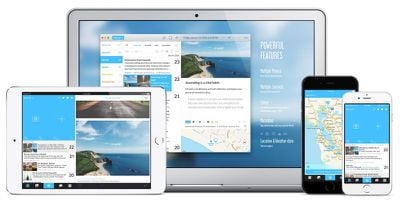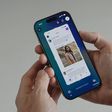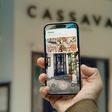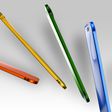The first orders for the new 10.5-inch iPad Pro, which was introduced at the Worldwide Developers Conference last week, started arriving to customers today, and the new tablet, along with its larger 12.9-inch sibling, became available for purchase in Apple retail stores this morning.
With the 10.5-inch iPad Pro out in the wild, our videographer Matt was able to get his hands on one, and he spent the day testing it out and making a video that shows off all of the new features.
The 10.5-inch iPad Pro is slightly larger than the 9.7-inch iPad Pro it replaces, but the size and weight difference is hardly noticeable, especially when you take in the much larger display. Apple was able to introduce a 20 percent larger display by shrinking the iPad's bezels by 40 percent.
The iPad's display has an awesome new feature -- ProMotion. ProMotion introduces a 120Hz display refresh rate, which brings smoother, more responsive animations and motion response. For example, there's a dramatic difference when you scroll. It's smooth enough that you can read the text that's scrolling by.
ProMotion also allows for a better experience with the Apple Pencil, bringing 20ms latency, and it can dynamically adjust the refresh rate to save battery when the higher refresh rate isn't needed. The display also supports P3 wide color gamut, True Tone for auto white balancing, and it is 50 percent brighter at 600 nits.
Inside, there's an A10X Fusion chip, so it's incredibly fast, even compared to the speedy 9.7-inch iPad Pro with an A9X Fusion chip, and it uses the 12-megapixel iPhone 7 camera. If you're someone who likes to take photos with an iPad, the image quality here is impressive. There's also a 7-megapixel front-facing camera for selfies and FaceTime. Second-generation Touch ID, four speakers, USB 3 transfer speeds, and fast charging, are all included features. Even with the much faster processor and the brighter display, the iPad Pro continues to get up to 10 hours of battery life on a single charge.
The 10.5-inch iPad Pro isn't cheap, though, with an asking price of $649 for the 64GB model. 256GB of storage is available for $749, and 512GB of storage is priced at $949. Cellular connectivity is also available for a $130 premium.
All of the features in the 10.5-inch iPad Pro are also built into the new 12.9-inch iPad Pro, so there's feature parity between the two models for the first time. Pricing on the larger-screened 12.9-inch iPad Pro starts at $799.


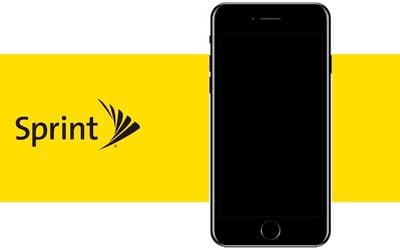


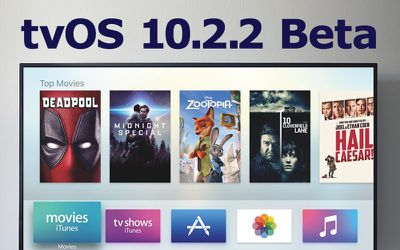
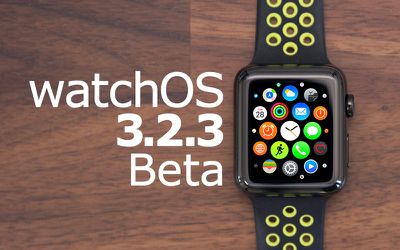
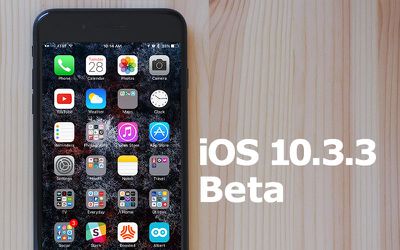




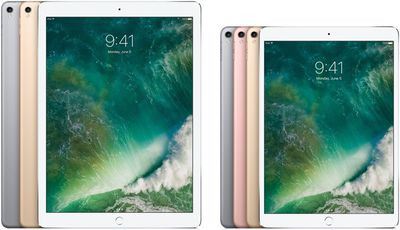
 Apple CEO Tim Cook has spoken to
Apple CEO Tim Cook has spoken to 

